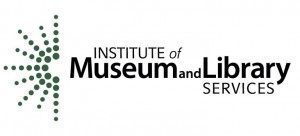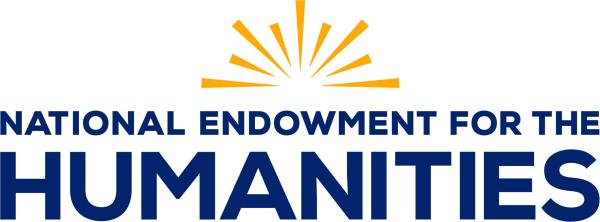In our regular conference call this month I was venting, yet again, about all the trouble I have with people not being critical about 1) what digital content they create, and 2) how we can possibly save it all. These obstacles seem insurmountable. My colleagues challenged me to write about this frustration so here goes. I’ll try not to let this become a complete rant 🙂
All of us on the POWRR team are doing a lot of reading–articles, books, software “about” pages, technical reports–and there seems to be no controversy about how digital preservation actually happens: you make copies, put them in different places and do bit-level checks from here to eternity. Or at least for as long as it takes for someone to come up with a better way. That process is what happens once an object is captured/ingested into a DP system. But there’s the rub! You’ve got to get your virtual hands on the things in order to ingest them!
Once upon a time I lived in a part of the country that was known for its cockroach population. I was in an apartment that I thoroughly cleaned before moving in and that the landlord regularly had bug toxins professionally applied to. And yet, I could still count on seeing fleeting glimpses of scurrying bodies if I turned the kitchen light on at night. That’s the image that comes to mind when I think of how “official” communication happens at my institution. My only consolation comes from regular attendance at professional archivists’ conferences that help me realize I am not alone.
We live in a fragmented, scurrying world of e-record creation. It’s a place where Content Management Systems are viewed as a good thing so that every employee can create a Web page, upload, edit or change a document in their department 24/7. Things get “routed” by blog posts, Websites and email distribution lists. Tweets, Facebook, Vimeo, YouTube and ISSUU channels are all the rage. Question: if there’s a conflict between the way a document shows up on one Cloud compared to the other, who will sort it out?
And if by chance you’ve gotten the ear of the right person in the right office and can snag a copy of things as they’re distributed, you’ll also need to become a file-name decoder. Who knows how long it has been since anyone has gone through professional training to become a secretary? Instead of a reliable core of institutionally-knowledgeable people who learned how to file and name things, every person today is their own publisher and distributor. And every person who comes after them will have their own way of doing things and then it’s back to square one: introduce yourself, state what kind of record you’d like a copy of and why, let alone how.
We know that people have always come up with creative ways to document their own lives, but now those practices have spread to professional realms of our institutional history. This feels like a game-changer. Others will have different points-of-view, but I have no interest in telling people about what they should do with their personal files — for research or pleasure. People in the library and archives professions are often asked about how individuals can save personal objects after the fact, like when a photo album gets wet or when the folded over letters/certificates of an ancestor resurface from some forgotten storage place. My anticipated response to the question “What should I do?” after the fact in the digital age seems pretty brief at this point: Find a digital archaeologist!
The future of my profession lies in becoming that archaeologist. I may already be the dinosaur 😉 but my sincere hope is that my institution’s digital bones will last long enough to be excavated by my future self. More will be needed, though, to make sense out of the Digital Deluge. I’d like to propose a new area of study for the archivist/archaeologist: social psychology. There’s going to be a real need for professionally prepared people who can understand why/how people create things as well as how to help their objects resurface for future use.




